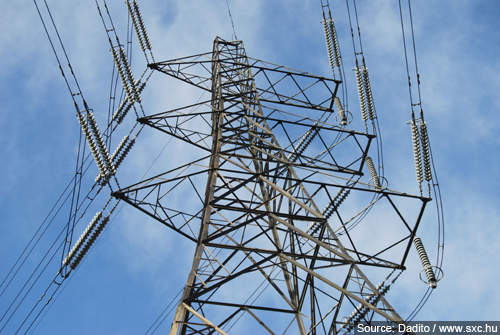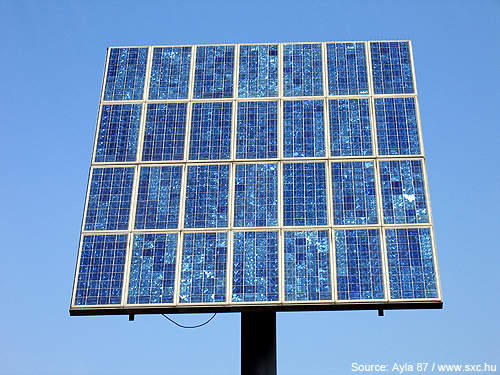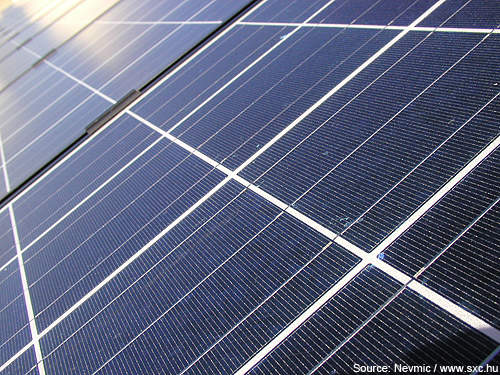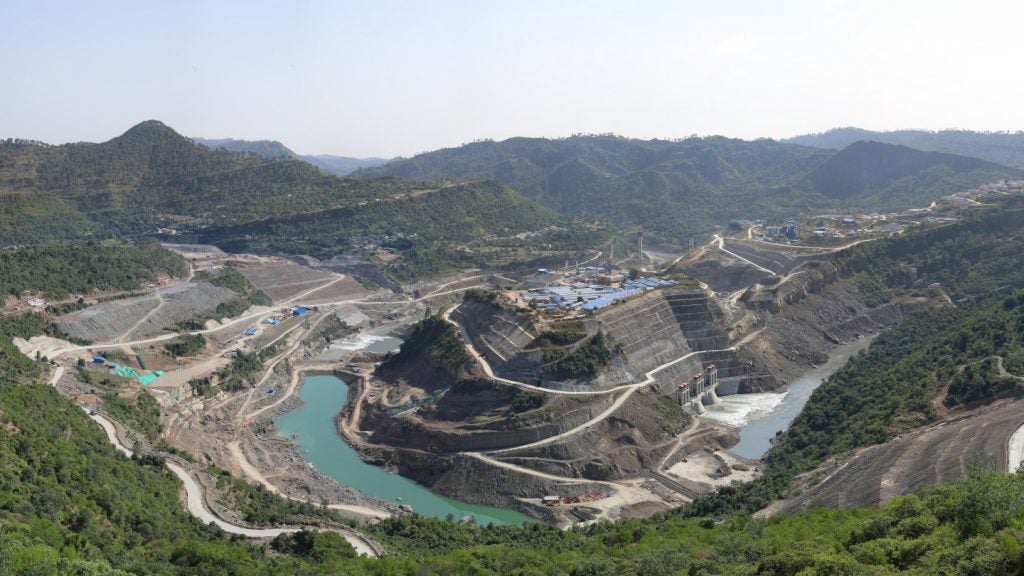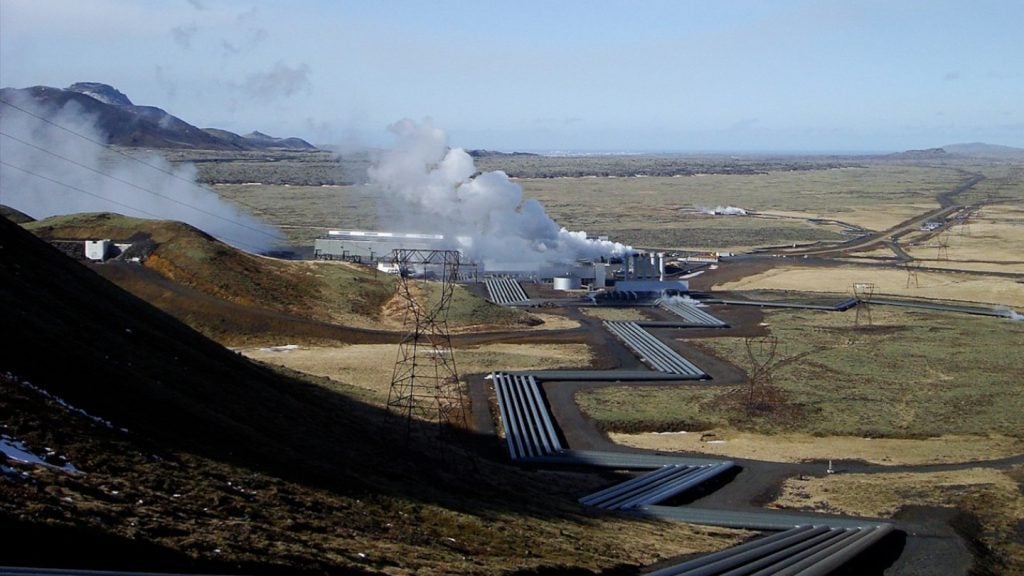The Dover SUN park is a 10MW utility-scale solar plant constructed in the state of Delaware, US, and is the largest of its type in the region. The project was developed by White Oak Solar Energy, a wholly owned subsidiary of LS Power. The development was conceived in March 2008 to seek reliable, cost effective and environmentally sound power generating sources in the region. It was financed by the Union Bank N.A.
Construction on the project began in the first quarter of 2011 and was completed in six months. The plant was commissioned in August 2011.
The Dover SUN park contributes towards Delaware’s clean energy goal to produce 20% of energy from renewable sources by 2019. Power generated from the plant is sufficient to provide electricity to 1,500 homes. The plant will supply more than 25% of the state’s required solar production by 2015.
Development
White Oak contracted SunPower Corporation in September 2010 to design, construct, operate and maintain the solar park.
Under a 20-year long-term purchase agreement, all the power produced by the Dover SUN park is supplied to the City of Dover. It is transmitted via a 69kV line.
The company has also signed agreements with Delmarva Power, Delaware Municipal Electric Corporation (DEMEC) and Delaware Sustainable Energy Utility (SEU) to sell solar renewable energy credits (SREC).
Plant details
The Dover SUN park is constructed in 103 acres of the 389 acres Garrison Oak technology park owned by Dover.
The project features SunPower Tracker systems that follow the sun’s movements during the day. These systems capture 25% more sunlight than the conventional fixed-tilt systems, so require less land.
The plant is installed with SunPower E19 solar panels that are available in configurations of 72 and 96 cells. These are 19.1%-19.5% more efficient than the conventional panels.
Each of these solar cells offers 3% surface area in surplus and hence increases the panel efficiency and decreases the unused space. The anti-reflective coating on the panels facilitates harnessing of more light helping to produce more energy compared to other solar panels.
The 96 cell solar panel measures 115ft to 125ft in length and 290ft to 370ft in breadth.
Technology
The SunPower Tracker technology can be installed quickly. It rotates on a single axis and generates more power per unit area than conventional solar systems.
It reduces shading and groups trackers in a way that requires 20% less land and 60% thinner film.
It can be scaled easily from small to large multi-megawatt installations.
The technology’s unique backtracking algorithm increases total output.
The panel tilts out of alignment at low sun angles in the range between +45 and -45 degrees to ensure no panel is overshadowed by another.
It generates up to 250 kilowatt-peak units per tracker block and can tolerate a wind speed of up to 117km/h.
The system is fitted with a TMAC advanced tracker controller, real-time remote communications and control system, and an astronomical tracking system with backtracking.
Delaware power market
More than 91% of electricity production in Delaware is from fossil fuels. Delaware ranks 43rd in state power consumption in the US.
The state is continuing efforts to convert 15% of its energy portfolio to renewable energy sources in order to reach its long-term goal of producing 65% energy from renewable sources by 2050.

